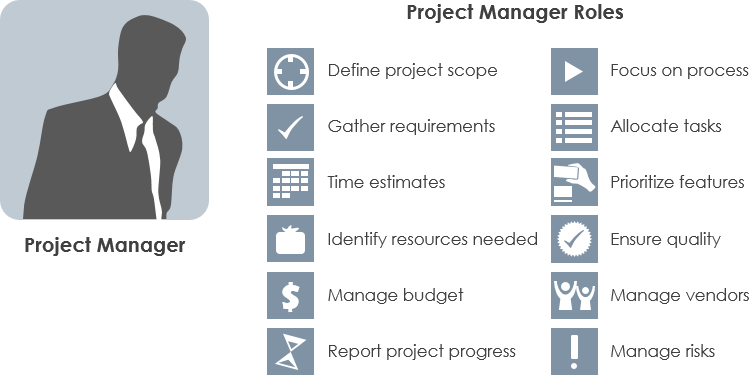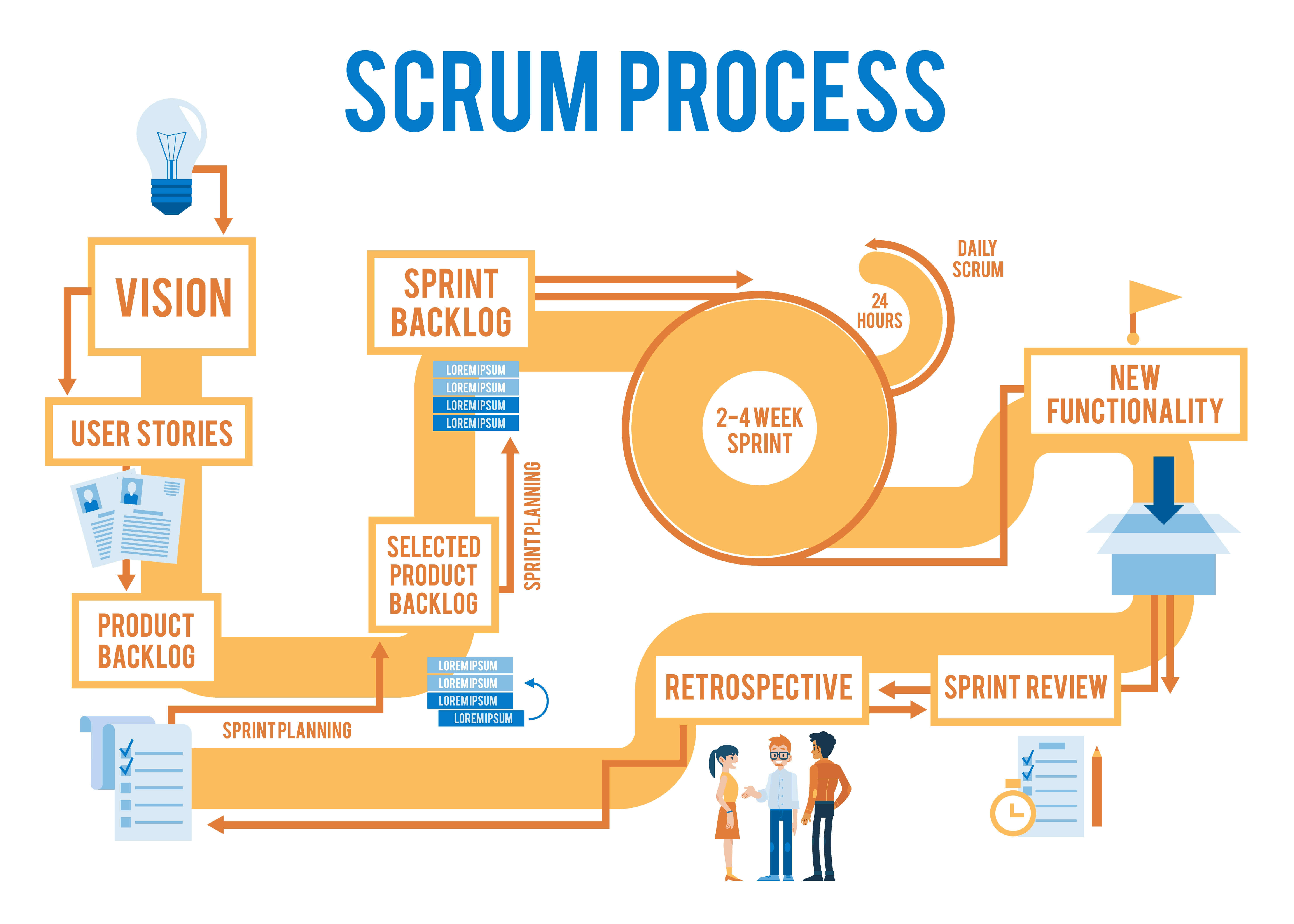
Overview of Scrum Project Management. Scrum is a member of the agile software development family. Scrum was designed to provide maximum benefits from the development and add energy, put focus and make clarity with transparency to the development teams. What is Agile project management with Scrum? Here’s the thing: Agile isn’t considered a methodology, but is rather an overarching philosophy or a belief system. There are many different methodologies with which you can actually implement Agile’s principles. Scrum Project Management is a framework from the Agile project management methodology. The term Agile refers to a way of managing projects that incorporates constant improvement, scope flexibility, team involvement, and delivering crucial quality products.

Scrum processes address the specific activities and flow of a Scrum project. In total there are 19 processes in SBOK® Guide which are grouped into following five phases:


- Initiate - This phase includes the processes related to initiation of a project: Create Project Vision, Identify Scrum Master and Stakeholder(s), Form Scrum Team, Develop Epic(s), Create Prioritized Product Backlog, and Conduct Release Planning. More
- Plan and Estimate -This phase consists of processes related to planning and estimating tasks, which include Create User Stories, Approve, Estimate, and Commit User Stories, Create Tasks, Estimate Tasks, and Create Sprint Backlog. More
- Implement - This phase is related to the execution of the tasks and activities to create a project's product. These activities include creating the various deliverables, conducting Daily Standup Meetings, and grooming (i.e., reviewing, fine-tuning, and regularly updating) the Product Backlog at regular intervals. More
- Review and Retrospect - This phase is concerned with reviewing the deliverables and the work that has been done and determining ways to improve the practices and methods used to do project work. More
- Release - This phase emphasizes on delivering the Accepted Deliverables to the customer and identifying, documenting, and internalizing the lessons learned during the project. More
These phases describe each process in detail including the associated inputs, tools, and outputs of each. Following is the complete list of 19 Scrum processes, as described in SBOK® Guide.

Scrum Project Management Methodology
| Phase | Processes |
|---|---|
| Initiate |
|
| Plan and Estimate | 7. Create User Stories 8. Approve, Estimate, and Commit User Stories 9. Create Tasks 10. Estimate Tasks 11. Create Sprint Backlog |
| Implement | 12. Create Deliverables 13. Conduct Daily Standup 14. Groom Prioritized Product Backlog |
| Review and Retrospect | 15. Convene Scrum of Scrums 16. Demonstrate and Validate Sprint 17. Retrospect Sprint |
| Release | 18. Ship Deliverables 19. Retrospect Project |